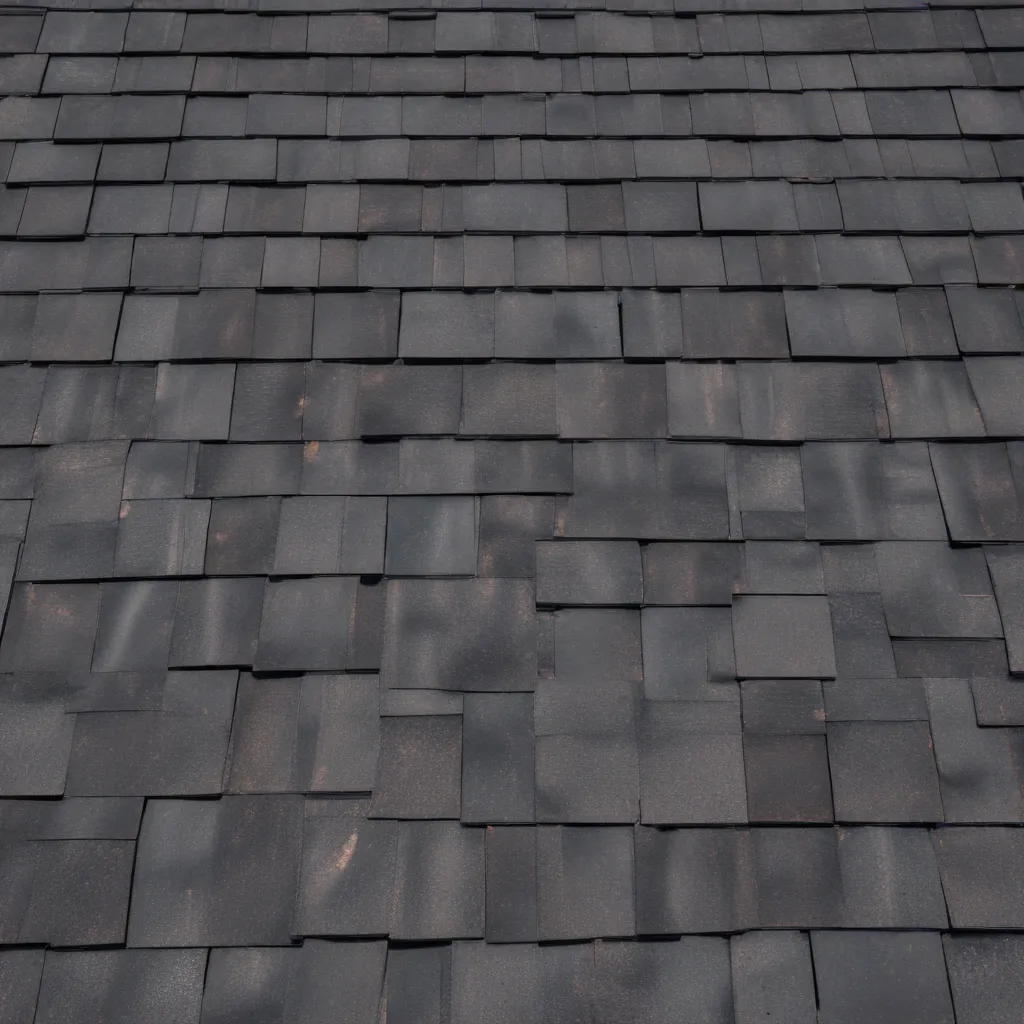
In the dynamic world of roofing, where function and aesthetics converge, the rise of composite materials has emerged as a game-changing force. Genuine Roof Systems, a leader in the industry, is proud to explore the transformative potential of these innovative solutions, ushering in a new era of roofing sustainability.
The Allure of Composite Roofing
Composite roofing materials, crafted from a blend of synthetic and natural components, have redefined the boundaries of what’s possible in the industry. These versatile products offer a remarkable combination of durability, lightweight construction, and superior thermal insulation – characteristics that have made them increasingly sought-after by homeowners and building professionals alike.
The inherent durability of composite roofing is a testament to the engineering prowess behind these materials. Engineered to withstand the harshest environmental conditions, composite tiles and shingles resist weathering, mold, mildew, and insect damage, ensuring a lifetime of reliable performance. Their lightweight design not only simplifies installation but also reduces the strain on a building’s structural components, making them an attractive choice for both new construction and renovations.
Equally impressive is the thermal efficiency of composite roofing. These materials’ exceptional insulative properties help to regulate indoor temperatures, reducing the energy demands required for heating and cooling. This translates to significant long-term savings on utility bills, as well as a smaller carbon footprint – a crucial consideration in the age of heightened environmental consciousness.
Sustainable Manufacturing Processes
The environmental benefits of composite roofing extend far beyond their in-use performance. The manufacturing processes behind these innovative materials have undergone a remarkable transformation, embracing the principles of sustainability.
Many composite roofing products are now crafted using a significant proportion of recycled components, reducing the reliance on virgin resources and diverting waste from landfills. This circular approach not only minimizes the environmental impact but also lowers the embodied energy associated with production, contributing to a more sustainable roofing ecosystem.
Manufacturers have also optimized their manufacturing techniques to minimize energy consumption and waste generation. Advanced molding and extrusion processes have streamlined production, while innovative recycling systems ensure that any byproducts or excess materials are repurposed rather than discarded.
Environmental Advantages of Composite Roofing
The environmental advantages of composite roofing extend well beyond the manufacturing stage, manifesting in various aspects of a building’s lifecycle.
Reduced Energy Consumption: The thermal efficiency of composite materials translates to significant energy savings for building occupants, as the need for heating and cooling is reduced. This, in turn, lowers greenhouse gas emissions and improves a structure’s overall environmental footprint.
Waste Minimization: Composite roofing products are designed with recyclability in mind, allowing for the repurposing of materials at the end of their useful life. This circularity helps to divert waste from landfills and reduces the demand for virgin resources, contributing to a more sustainable roofing ecosystem.
Emissions Reduction: The low-energy manufacturing processes and recycled content of composite roofing materials result in a smaller carbon footprint compared to traditional roofing options. This alignment with sustainable practices supports broader environmental initiatives and helps to mitigate the impact of the construction industry on air quality and climate change.
Advances in Composite Roofing Technology
The evolution of composite roofing materials has been driven by a relentless pursuit of innovation, with manufacturers continuously exploring new frontiers to enhance performance and expand design possibilities.
Novel Material Compositions: Cutting-edge composite formulations have emerged, leveraging a diverse array of fiber-reinforced polymers and hybrid laminates. These advanced materials offer unprecedented strength, flexibility, and thermal insulation, pushing the boundaries of what’s possible in roofing applications.
Design Optimization: Manufacturers have harnessed the inherent versatility of composite materials to create roofing solutions that seamlessly integrate structural performance and aesthetic appeal. From the striking realism of synthetic slate to the rustic charm of cedar shake-inspired tiles, these products cater to a wide range of architectural styles and design preferences.
Installation and Maintenance: Composite roofing has also revolutionized the installation and maintenance processes. Self-adhesive membranes and improved fastening systems have streamlined application, reducing labor costs and ensuring a higher-quality installation. Moreover, the virtually maintenance-free nature of these materials provides homeowners with long-lasting, hassle-free performance.
The Future of Sustainable Roofing
As the demand for sustainable building solutions continues to grow, the future of roofing is poised to undergo a transformative shift, with composite materials playing a pivotal role.
Emerging Trends: On the horizon, we envision the integration of advanced solar technologies into composite roofing systems, harnessing the power of the sun to generate renewable energy. Additionally, the development of adaptive building envelopes that can dynamically respond to changing environmental conditions promises to further enhance the energy efficiency and resilience of composite roofing.
Regulatory Landscape: Policymakers and industry organizations have recognized the environmental benefits of composite roofing, and are implementing stricter energy efficiency standards and sustainability initiatives to drive widespread adoption. This regulatory landscape will continue to shape the future of the industry, incentivizing innovation and encouraging homeowners and contractors to embrace these eco-friendly roofing solutions.
Market Adoption and Challenges: As composite roofing materials gain prominence, consumer awareness and cost competitiveness will be crucial factors in accelerating market adoption. Manufacturers must continue to refine their products, optimize manufacturing processes, and engage in targeted education campaigns to demonstrate the long-term value and sustainability advantages of these innovative roofing systems.
At Genuine Roof Systems, we are proud to be at the forefront of this roofing revolution, championing the transformative power of composite materials. By embracing these sustainable solutions, we are not only enhancing the resilience and aesthetic appeal of buildings but also contributing to a greener, more environmentally responsible future. As we continue to push the boundaries of what’s possible in roofing, we invite you to join us on this journey towards a more sustainable built environment.

























